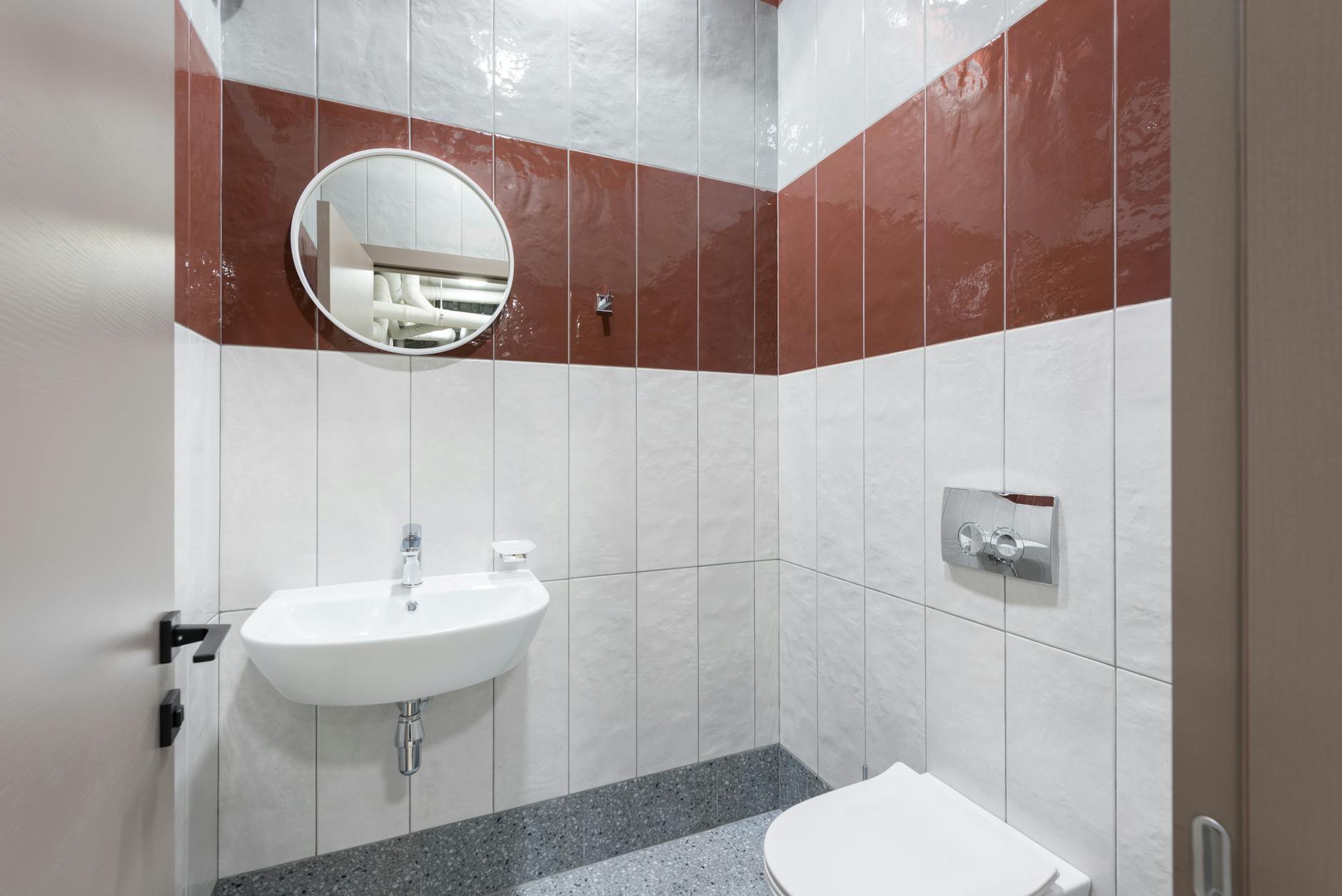By Kavita Dehalwar
Public toilets play a crucial role in the sanitation planning of cities, impacting public health, environmental sustainability, social inclusivity, and urban infrastructure. Here’s an in-depth look at their significance:

1. Public Health
- Disease Prevention: Adequate public toilet facilities reduce the risk of communicable diseases by providing safe and hygienic sanitation options. This is particularly vital in densely populated urban areas where the spread of infections can be rapid.
- Hygiene Promotion: Public toilets help promote good hygiene practices, such as regular handwashing, which is essential in preventing illnesses like gastroenteritis, cholera, and other waterborne diseases.
2. Environmental Sustainability
- Waste Management: Properly designed and maintained public toilets ensure that human waste is effectively managed, reducing contamination of water bodies and urban environments.
- Resource Conservation: Modern public toilets often incorporate water-saving technologies, like low-flow fixtures and greywater recycling systems, contributing to more sustainable water use in cities.
3. Social Inclusivity
- Accessibility: Public toilets are essential for inclusivity, providing sanitation facilities for all city residents, including those who are homeless, elderly, disabled, or otherwise disadvantaged.
- Gender Equity: Well-planned public toilets can address gender disparities by providing safe and sufficient facilities for women, who often face greater challenges related to sanitation.
4. Economic Impact
- Tourism: Clean and accessible public toilets are important for the tourism industry, enhancing the overall visitor experience and making cities more attractive to tourists.
- Productivity: Access to public toilets can improve the productivity of city dwellers by minimizing disruptions in daily activities caused by the need to find appropriate sanitation facilities.
5. Urban Planning and Infrastructure
- Urban Design: Integrating public toilets into urban planning ensures that they are conveniently located and accessible, supporting the overall functionality of public spaces like parks, markets, and transportation hubs.
- Emergency Preparedness: Public toilets can be crucial during emergencies, providing sanitation facilities when usual services are disrupted, such as during natural disasters or public events.
6. Behavioral and Cultural Aspects
- Public Behavior: The availability of public toilets can reduce public urination and defecation, improving the cleanliness and overall image of the city.
- Cultural Sensitivity: Public toilets can be designed to meet the cultural and religious needs of diverse populations, ensuring they are respectful and usable by all community members.
Challenges and Considerations
- Maintenance: Ensuring regular maintenance and cleanliness of public toilets is a significant challenge, requiring effective management and sufficient funding.
- Safety and Security: Public toilets must be safe and secure, with designs that prevent vandalism and misuse while ensuring user safety.
- Funding and Policy: Sustainable funding models and supportive policies are necessary to build, maintain, and manage public toilet facilities effectively.
Innovations and Future Trends
- Smart Toilets: Integration of technology in public toilets, such as sensors for maintenance needs, automated cleaning systems, and real-time usage data, can enhance efficiency and user experience.
- Eco-Friendly Solutions: Innovations like composting toilets, waterless urinals, and energy-efficient designs contribute to environmental sustainability.
- Public-Private Partnerships: Collaborations between municipalities and private companies can help in the development and management of public toilet facilities, ensuring better services and maintenance.
In summary, public toilets are a vital component of urban sanitation planning, contributing to public health, environmental sustainability, social equity, and overall urban livability. Effective planning, innovative solutions, and robust management are essential to maximize their benefits and ensure they meet the needs of diverse urban populations.
References
Afacan, Y., & Gurel, M. O. (2015). Public toilets: an exploratory study on the demands, needs, and expectations in Turkey. Environment and Planning B: Planning and Design, 42(2), 242-262.
Gershenson, O., & Penner, B. (Eds.). (2009). Ladies and gents: Public toilets and gender. Temple University Press.
Greed, C. (2007). Inclusive urban design: Public toilets. Routledge.
Kitchin, R., & Law, R. (2001). The socio-spatial construction of (in) accessible public toilets. Urban studies, 38(2), 287-298.
Moreira, F. D., Rezende, S., & Passos, F. (2022). Public toilets from the perspective of users: a case study in a public place, Brazil. Journal of water and health, 20(1), 41-53.
Sharma, S. N. (2015). Reinventing Public Toilets in Delhi. Journal for Studies in Management and Planning, 1(2), 23-36.
Stanwell-Smith, R. (2010). Public toilets down the drain? Why privies are a public health concern. Public Health, 124(11), 613-616.

You must be logged in to post a comment.